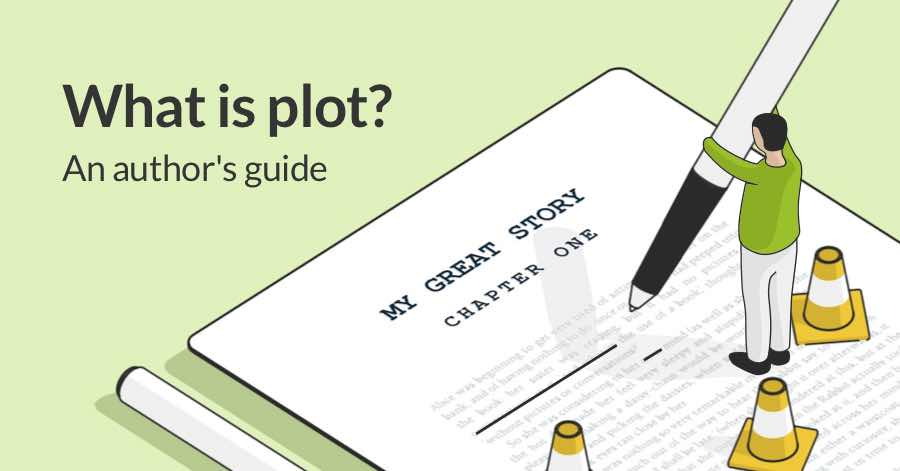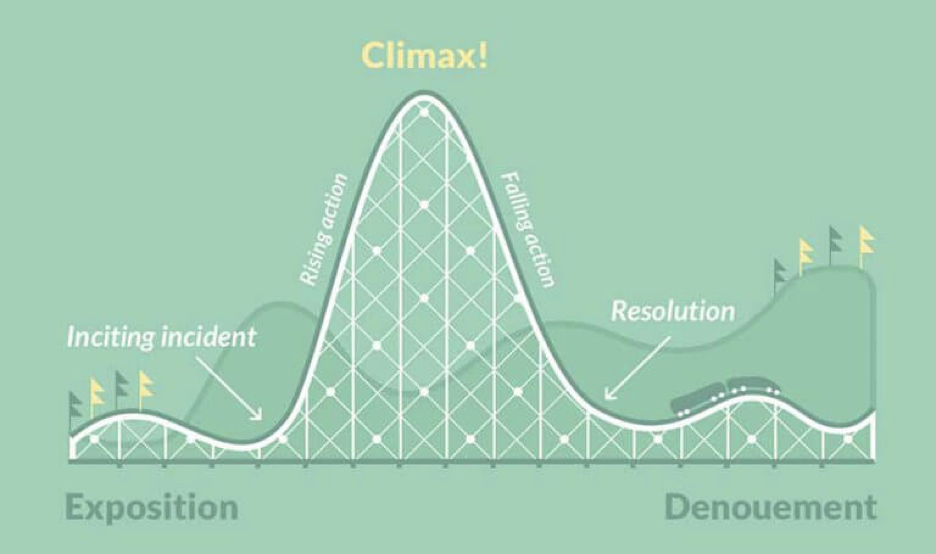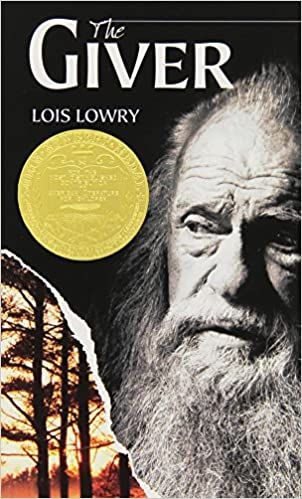I’m certain that most novel writers are intimately familiar with how difficult it can be to write a PLOT that engages readers from the first sentence to the last. But determining, developing, and maintaining the THEME (singular or plural) of your book demands a considerable amount of effort, too. While you ponder which should come first in your creative process or whether they should intertwine, let’s start with reviewing the definitions of PLOT and THEME. But please, make sure you read through the entire post or skip to the part where I discuss the remarkable link between these two critical literary elements in THE GIVER by Lois Lowry.

PLOT: Plot describes a story’s structure, i.e., what happens in a book from start to finish. Will your plot start with a bang or a snapshot of normalcy? Will your story be an adventure, a mystery, horror, fantasy, sci fi, or a slice of real life? Where and when will the action take place? What is your main character’s goal or motivation? With these questions and more, where does a writer begin? A good overview of plot structure is offered by Freytag’s Pyramid, and I particularly like the rollercoaster version shown below.

If you yearn to develop a detailed and well organized plot structure, I strongly suggest you give the SAVE THE CAT! beat sheet method a try.

The original SAVE THE CAT! written by screenwriter Blake Snyder evaluates the beats of classic movies (some box office stars, some spectacular flops) in the most engaging and insightful way, and the sage advice he gives is definitely applicable to novelists. (Click here to link to Marianne Knowles’ post on the book – you’ll love her sticky note visuals!) For a more novel-centric version, I recommend you read Jessica Brody’s SAVE THE CAT! WRITES A NOVEL. (Click here to view Alison Potoma’s review)

For alternative plotting methodologies, check out Rebecca Moody’s Three Books to Help You Outline Your Novel. But if the idea of detailed plotting makes you break out in hives, I recommend you read Dana Nuenighoff’s post entitled Finding the Beats for Pantsers!

THEME: Themes relate to the human experience, and are the central ideas, lessons, or messages that readers may infer from a story. Your book’s theme(s) may bubble up organically as a consequence of plot development, or you may begin with a theme (or themes) and use that thread to develop your compelling plot. Either way, themes are often what resonate in the hearts and minds of readers and make a book unforgettable.
Don’t let themes scare you! I’ll now share some commonly used themes in literature that you’re welcome to use to inspire your own creative works. Note that themes are stated in simple terms, typically no more than 3-4 words, and invite interpretation. Consider what books you’ve read (and enjoyed) that contained some of these themes!
Love Overcoming Adversity True Friendship
Growing Up/Coming of Age/Loss of Innocence
Survival Against All Odds Crime Doesn’t Pay
The Individual vs Society Good vs. Evil
Prejudice vs Equality Societal Pressures
Overcoming Adversity Family First
Finding Courage /The Unlikely Hero/ The Underdog
Embracing Individuality Defying Expectations
Freedom vs Total Control Utopia vs Dystopia
Free Will vs Fate Memory (Reliable/Unreliable)
Protecting the Environment

To help you develop themes that speak to your own heart, I invite you to check out my earlier post, Write What You Love, and to develop your list of ten or more personal themes. Another creative exercise you might enjoy is to pick your personal theme song and jot down why that particular song resonates with you.
To demonstrate how many themes can appear within one book, look no further than the middle grade novel THE GIVER by Lois Lowry. I used one of the book’s main themes to develop a debate question for a 7th grade class: Is the world in THE GIVER a Utopia or a Dystopia? Roles were divvied up, and below are the contributions from the Art Team. You can see on the Dystopia poster some of the other themes we discussed as a class!


Here’s a brief description of the plot, with themes italicized after related plot points:

In THE GIVER, every aspect of life is dictated by society Elders (Total Control, Lack of Free Will), including the composition of family units and privileges assigned at certain ages. At the Ceremony of 12, children are assigned a job they will have for life (Coming of Age). Main character Jonas is designated the new Receiver of Memory, burdened with the collective memories of the community (Memory), thus sparing all others from feeling any emotion whatsoever (Feeling and Emotion). As Jonas learns the darker side of this supposedly Utopian society (Utopia vs. Dystopia), he develops the courage to stand up against it, no matter the personal cost (The Individual vs Society).
The well-defined themes, intertwined with the plot, help make this book immensely memorable and a popular choice for classroom discussions and in-class exercises! If I had to guess, I would venture that themes played a huge part in Lois Lowry’s creative process. Lois, if by any chance you read this post, would you care to comment?!?
I hope this post helped you understand the differences between PLOT and THEME … and how they might intertwine in your creative process!


Excellent post. Thank you, Laura!!
LikeLiked by 1 person
You’re welcome, Lisa! I truly appreciate your comment!
LikeLike
A lot of good information, Laura!
LikeLiked by 1 person
Thank you, Marcia! I appreciate your support!
LikeLike
Thanks for the clear and succinct definitions of plot and theme. I especially like the beat sheet visual from Save the Cat! I’m going to keep referring back to it as I revise my WIP.
LikeLiked by 1 person
Awesome, Keri! I’m glad you found this helpful!
LikeLike
Great post, Laura. I want to explore a bunch of these resources…they sound really helpful. And I have heard so many good things about THE GIVER. Quite a story!
LikeLiked by 1 person
1,000 times YES! THE GIVER is a must read!
LikeLike
Hmmmm, lots to think about. Thank you, Laura.
LikeLiked by 1 person
Thanks for reading! Yes, lots to ponder about what approach is best. Melding plot and theme seems tailor-made for dystopian societies. But that isn’t the only case where intertwining the elements could improve the creative process and make the finished product more compelling and memorable.
LikeLiked by 1 person